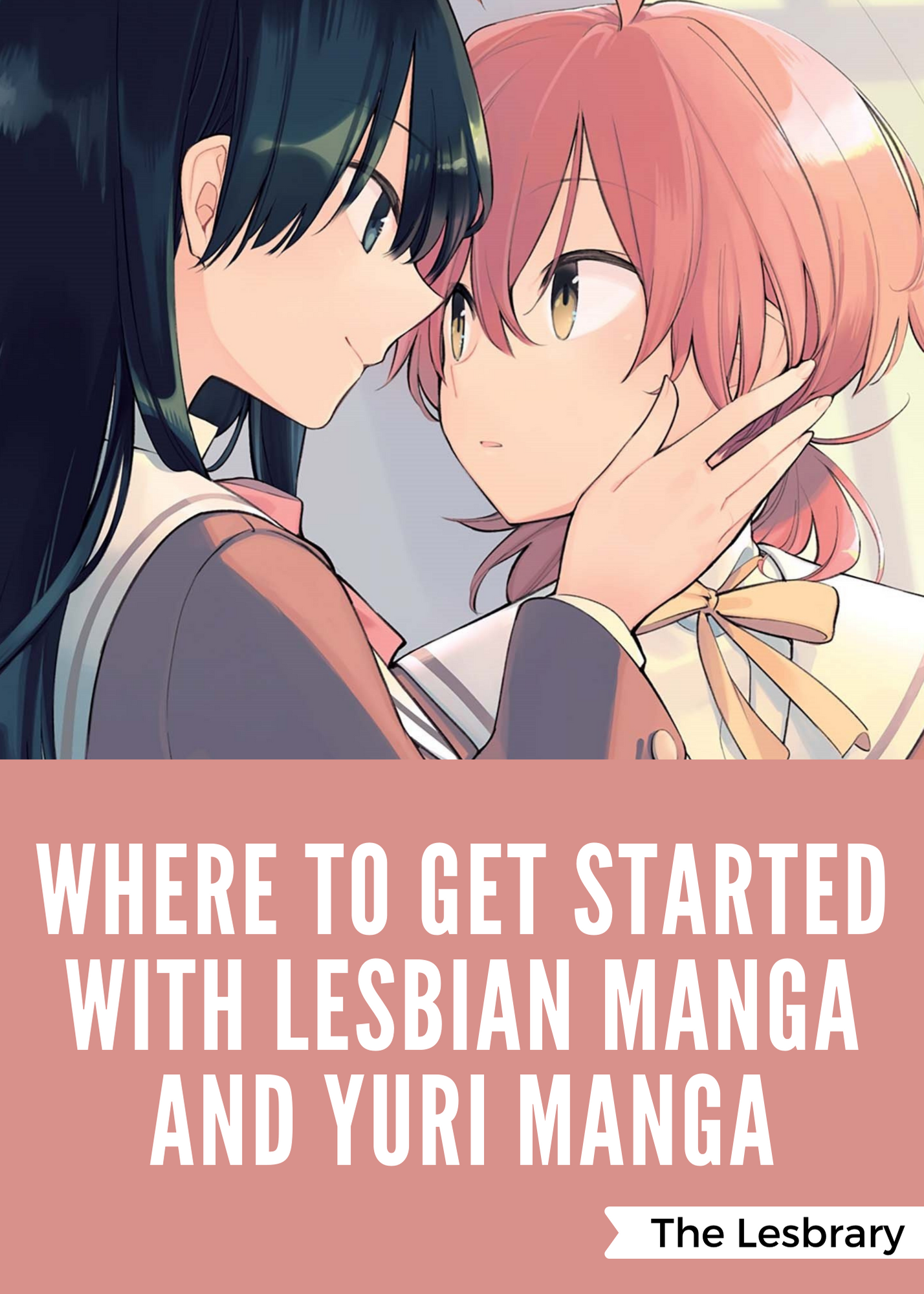Getting into a new genre or format is always intimidating. Manga is a Japanese form of comics that tends to be endlessly marathonable: once you get started on a series, you want to sit down and read them all. For me, the most exciting thing about starting to read manga was that it already hadRead More
Danika reviews Revolutionary Girl Utena manga by Chiho Saito
If you have never heard of Utena, I’m not sure exactly how to explain it to you. It is an anime, manga series, and movie. It’s sort of like Sailor Moon, but darker, weirder, and with more subtext and incest (between siblings). I watched the anime first, then the movie, then the stand-alone manga (TheRead More

